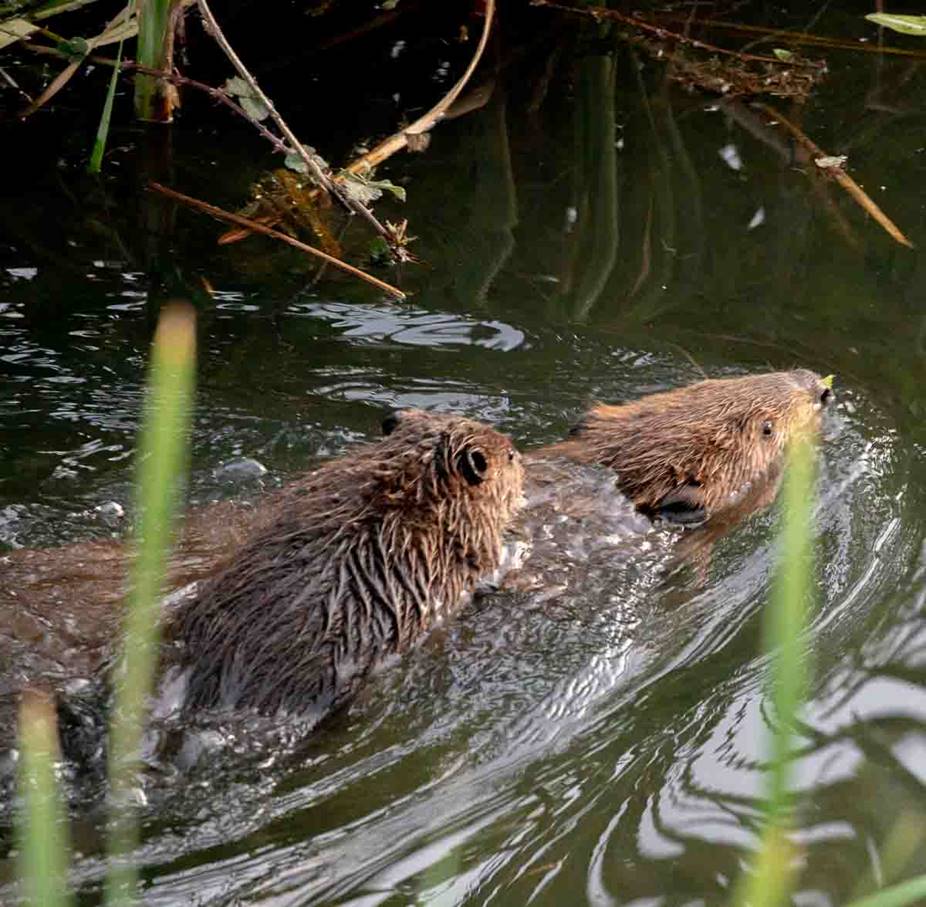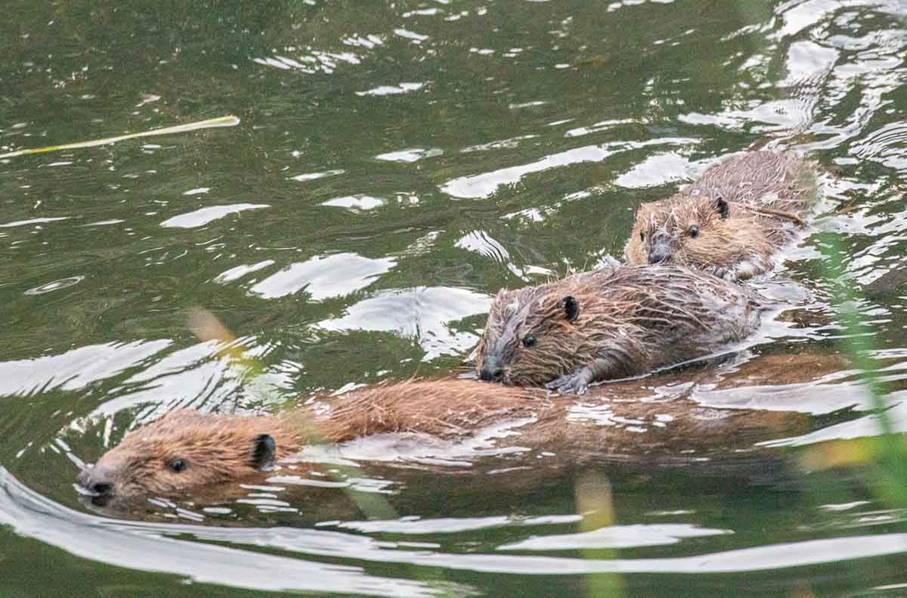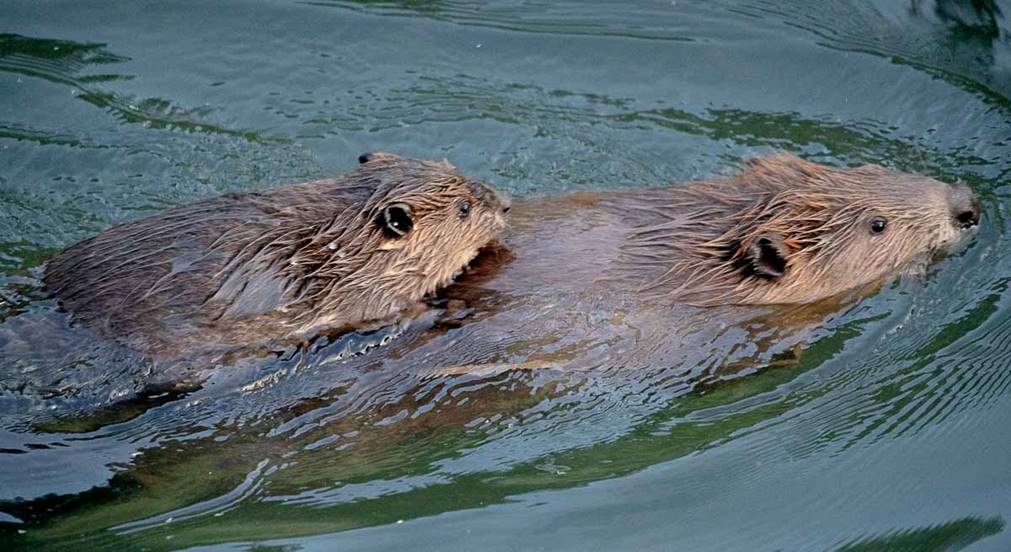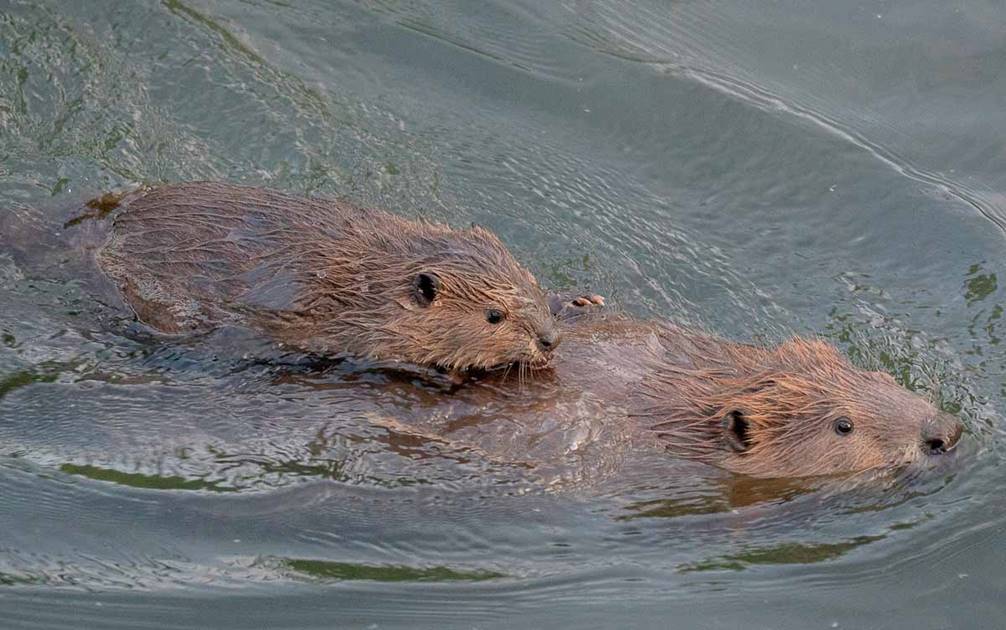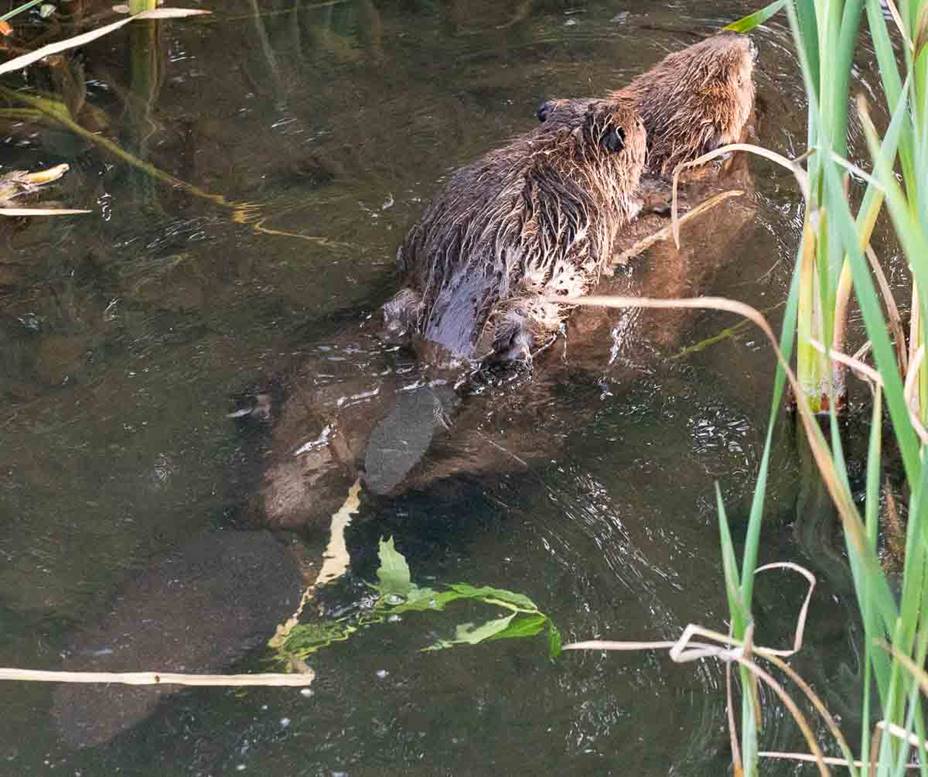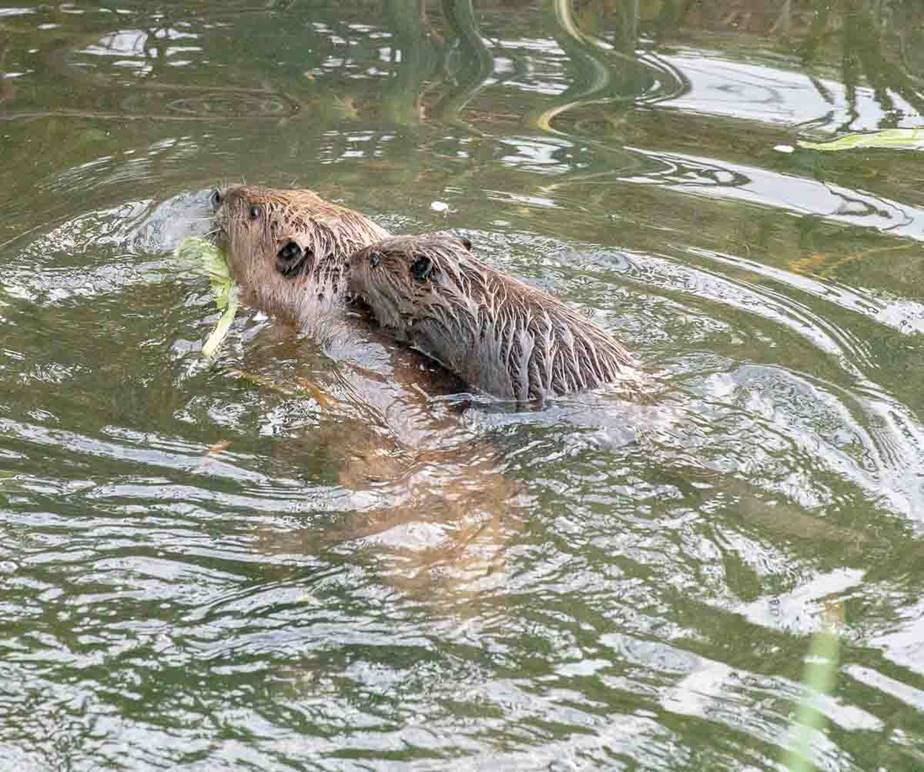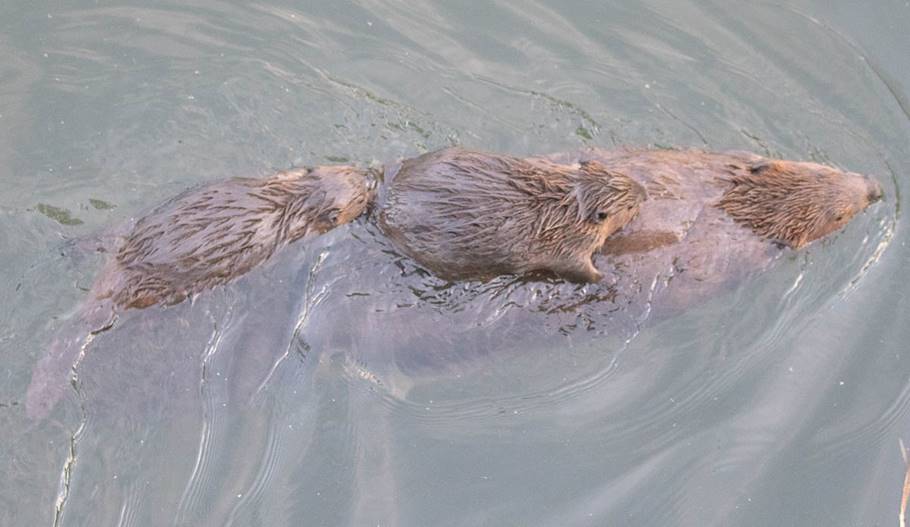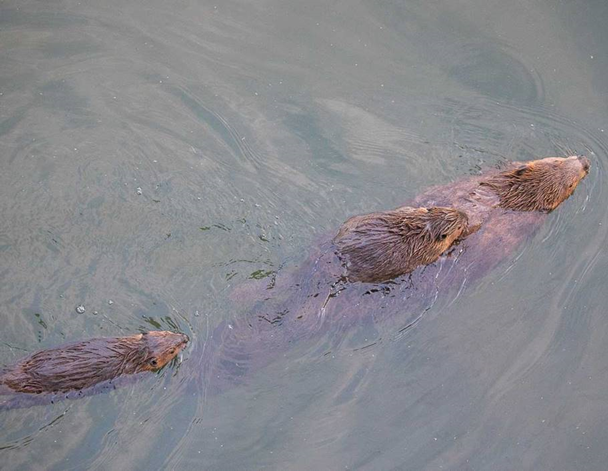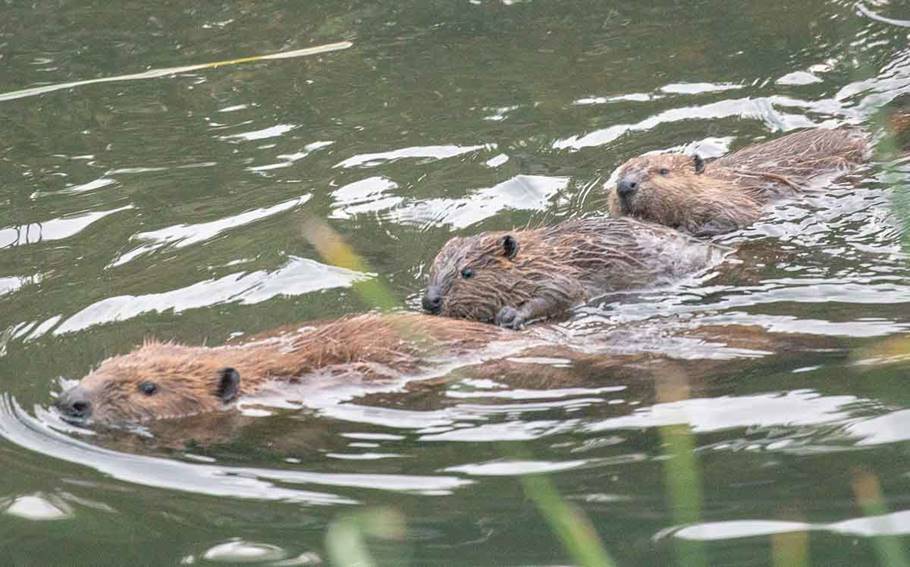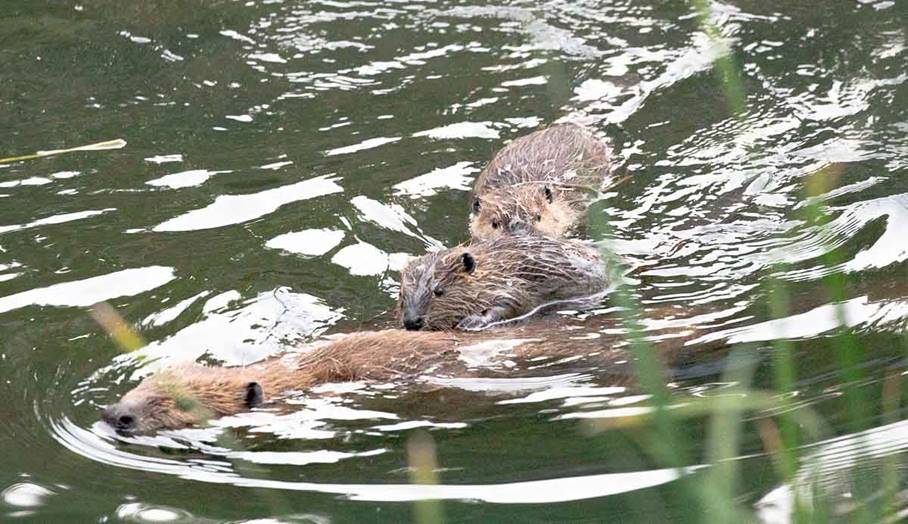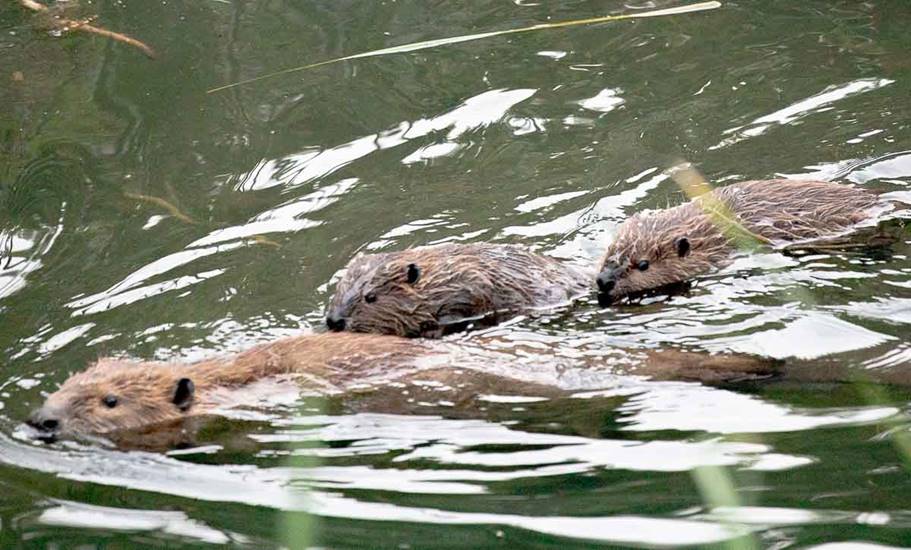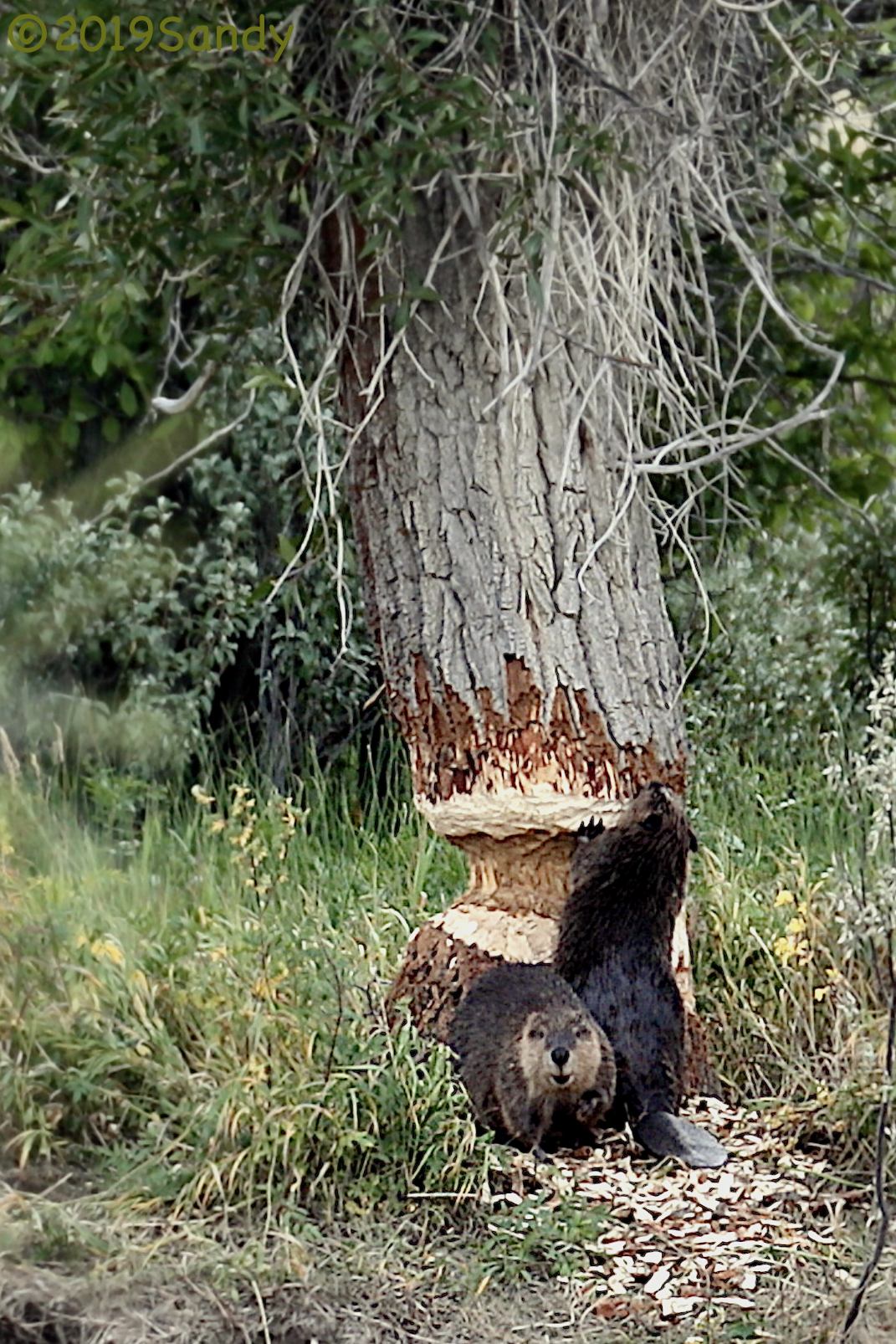
Author: heidi08
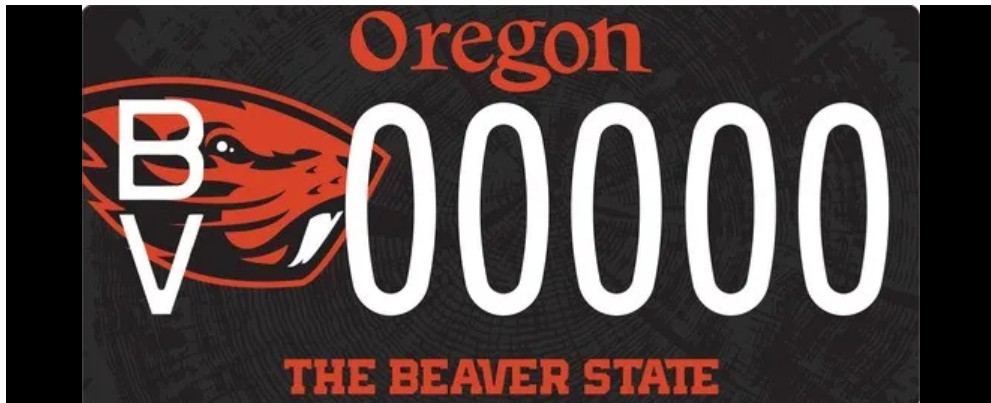
Beavers fans can now get an Oregon State University license plate: What to know
Oregonians will soon be able to show their support for Oregon State University by purchasing a Beavers license plate.
Beginning April 7, the new OSU license plate will be available to the public, the Oregon Department of Transportation announced.
Here’s how Oregonians can purchase the new plate and how much it costs.
Tick Tock.
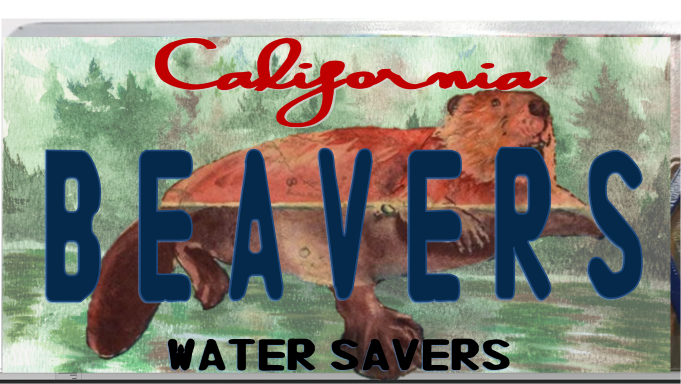
You have to be careful who you “rescue”. Just remember the Little Prince said “You are responsible forever for what you have tamed“.
I’m not exactly sure how deporting an unwanted family off your property counts as a RESCUE, but sure, okay, I’ll play.
Wetland restoration; leave it to beavers
CASCADE-SISKIYOU REGION, Ore. – A family of five beavers has been relocated to the Cascade-Siskiyou region, marking a pivotal moment in a community-driven effort to restore local wetlands. The beavers, rescued from a private property on the Rogue River, arrived at their new home last month following careful preparations to ensure their well-being. The beavers were transported in enclosed bags to provide a sense of security, and upon release, they were gifted willow bundles, apples, and carrots. This relocation aims to harness the beaver’s natural engineering abilities to enhance the ecological health of the area.
The reintroduction is the culmination of a six-year project spearheaded by the Vesper Meadow Education Program. Jeanine Moy, the program’s founder and director, initiated the effort in 2018 with a vision for community-powered restoration at a demonstration site. “The whole idea is this process and working with nature, and part of that is encouraging beaver to come back, because they will restore that habitat and maintain it better than we ever will,” says Moy.
Well having beavers around is certainly better than NOT having them around, I guess.
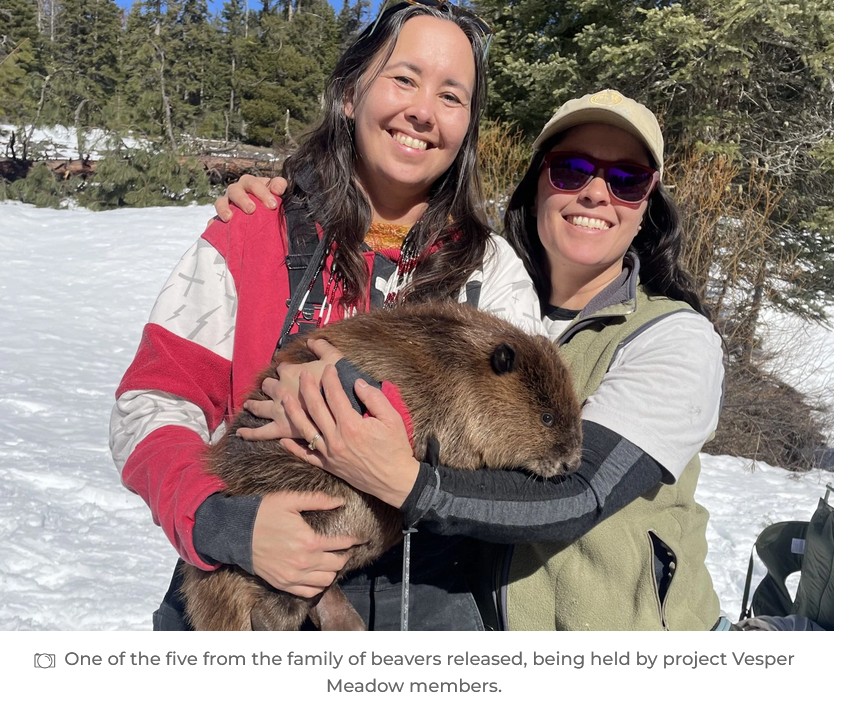 Moy sought to involve diverse participants, including students, volunteers, and various organizations, alongside scientific monitoring and artistic storytelling to convey the project’s cultural relevance. In recent years, Vesper Meadow has increasingly collaborated with the Confederated Tribes of Grand Ronde and the Confederated Tribes of Siletz Indians, recognizing the historical stewardship of these lands by tribal people. “The beavers are the keepers of the waterway, and the Native people have, since time immemorial, been the keepers of the land.”
Moy sought to involve diverse participants, including students, volunteers, and various organizations, alongside scientific monitoring and artistic storytelling to convey the project’s cultural relevance. In recent years, Vesper Meadow has increasingly collaborated with the Confederated Tribes of Grand Ronde and the Confederated Tribes of Siletz Indians, recognizing the historical stewardship of these lands by tribal people. “The beavers are the keepers of the waterway, and the Native people have, since time immemorial, been the keepers of the land.”
“It’s been just over six years of work repairing the habitat to the point where beavers could be reintroduced to the area, and now we are excited that beavers will be the ones to lead the way forward in the restoration work.”
You’re too modest, 6 years repairing the habitat but 206 years destroying it first.
Project Beaver, a key partner in this endeavor, played a crucial role in the beaver relocation. The organization, which has been collaborating with Vesper Meadow for five years, holds permits to relocate beavers from areas where they are considered a nuisance or are at risk. Moy expressed hope that this project will inspire other land managers to adopt similar restoration practices.
In the last 100 years, beavers in Oregon were pushed to the brink of extinction. Jeanine Moy explains that this near-extinction is one of the “wrongs that were made to the land,” and identifies it as one of the settler colonial harms to the landscape. The dramatic reduction in the beaver population is a significant alteration to the ecosystem, having occurred relatively recently and in such a short time.
A lot of the work being done to Vesper Meadow is funded under a grant to promote clean water for drinking purposes. Vesper Meadow is upstream of the Robert A. Duff water treatment plant outside of Eagle Point. Moy says that with the beavers doing their work, downstream users should see increased water quality and decreased sedimentation. The project has also been made possible in partnership with the local offices of Bureau of Land Management and US Forest Service, US Fish and Wildlife Service, Oregon Watershed Enhancement Board, Oregon Dept. of Fish and Wildlife, Jackson County Soil and Water Conservation District.
It takes a long time to repair what we have destroyed,. Maybe someone should tell that to those folks in Washington.
Canada wants to be in charge of its own beavers, thank you very much.
COLUMN: Industrious beaver has long been a source of Canadian pride
In January 1975, a senator for New York introduced a bill to acknowledge the beaver as its state’s official animal. Well, harrumph, this did not go over well with Canadians, who had, for a couple of centuries, ‘claimed’ the beaver to be representative of all things Canadian: an industrious engineer and the base of our economy ever since the first European explorers tripped over this area.
In quick response to this threat of an American brazenly stealing our nation’s pride and joy, in March 1975, a private member’s bill was presented by MP Sean O’Sullivan to rightfully claim and protect the beaver icon to be our nation’s representative. On March 24, 1975, the Canadian Parliament made it so. Take that, ya upstart Americans! Elbows up, eh?
Ok, but I honestly don’t know why beavers are uniquely Canadian. Everyone who had them killed them. And they were a boom for every nations economy at one time.
The beaver had been inserted into many company logos well before 1975: the Hudson’s Bay Company since way back when; Roots clothing, which outfitted the 1998 Canadian Winter Olympic teams with its beaver-branded clothing; and Parks Canada, which long had the beaver as its mascot. And many others, probably more so than even the Canada goose.
What surprised me a bit was that the beaver had shown up on Canadian nickels since 1937, well before the aforementioned American/Canadian beaver debacle of 1975. As a young collector of coins in the 1960s, I assumed that to be engraved on a coin, the subject must have already received royal assent. The things you learn later in life.
Honestly Canada has a lot to be pissed about right now so we should just give them the beaver. Okay?



